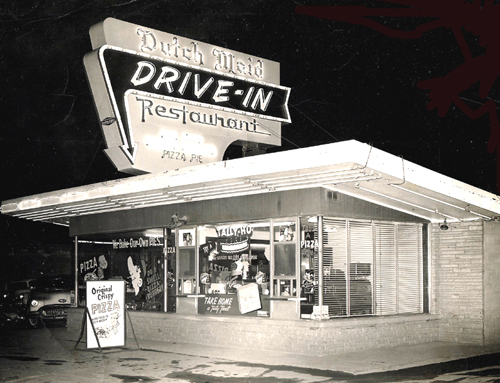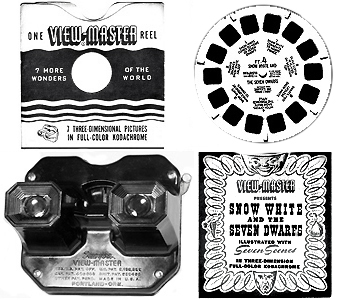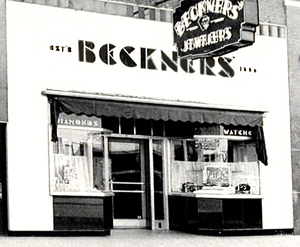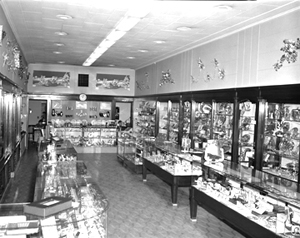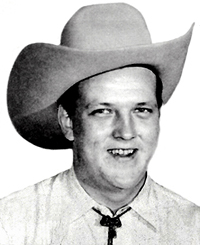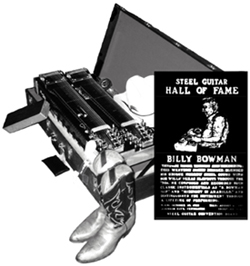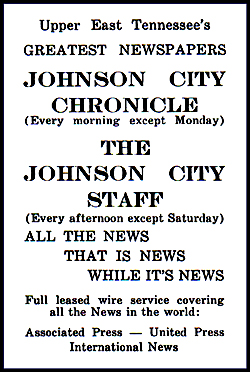
Old newspapers are a treasure trove of history ranging from significant unforgettable happenings to interesting trivial tidbits. Such was the case of a Saturday, August 14, 1937 Johnson City Chronicle.
As was common then, the front page was reserved for mostly world news and events. The chief story dealt with U.S. battleships speeding to Shanghai where 4,000 Americans were endangered by fighting between the Japanese and Chinese.
An examination of the newspaper’s “funny page” is a journey back to the golden age of comic strips: “Blondie,” still looking as youthful today in the Johnson City Press as when she was a flapper girl, was married to Dagwood Bumstead, a man with a predilection for overeating, couch sleeping, colliding with the mailman, feuding with his boss and leaping for the moving trolley to catch a ride to work.
Other strips were “Popeye” who could transform himself into a muscleman by chunking down a can of raw spinach; “Moon Mullins,” an interesting character with big eyes and a derby hat who stumbled into countless life confrontations; “Alley Oop,” an odd-looking caveman citizen of Moo who wore fur shorts, rode a dinosaur and often traveled the ages in a time machine; “Tim Tyler’s Luck,” the world of an orphan boy who acquired an older sidekick named Spud and traveled the world; “Tillie the Toiler,” adventures of a young working girl; and “Little Annie Rooney,” a takeoff of “Little Orphan Annie,” a young orphaned girl who journeyed about with her companion dog, Zero.
A glance over the sports page reveals a story about a crucial Appalachian League series opening between the Elizabethton Red Sox and the Johnson City Soldiers. That was before the city’s affiliation with the Cardinals. The contest was at Keystone Field, an early name for what later became Cardinal Park.
Another article dealt with Carl Hubbell winning his 16th game of the season for the New York Giants and Hank Greenberg pounding a home run for Detroit. The Chicago Cubs were shown to have a 6.5 lead in the National League and the Yankees up by 13.5 in the American.
For those interested in taking in a motion picture, the choices included the Sevier Theatre’s (113 Spring Street’) 15-cent double-feature starring Hugh Herbert in “That Man’s Here Again” and Fred Scott in “Romance Rides the Range.” The latter flick was likely aimed at adult audiences because no self-respecting youngster would waste his or her allowance money to see romance on the range unless, of course, it dealt with an alluring cowboy’s love for his faithful palomino.
Three other downtown theatres provided definite juvenile fare with real shoot-em-up action: Buck Jones in “Empty Saddles” at the State (248 E. Main), Hoot Gibson in “The Painted Stallion” at the Tennessee (146 W. Main) and Bob Steele in “Brand of the Outlaws” at the Liberty (221 E. Main). Johnson City’s fourth movie house, the Majestic (239 E. Main), never catered to low budget westerns, showing instead Alice Faye and Don Ameche in the musical comedy “You Can’t Have Everything.”
Another entertainment attraction was the Hagenbeck-Wallace Circus appearing on Aug. 17 at the Main Street Circus Grounds, the current location of the Municipal Building. The major live attraction was Hoot Gibson.
One advertisement was for a 9.5-hour Sunday excursion on the Tweetsie Railroad to Boone, Linville Gap, Roan Mountain, and Linville at a cost of one dollar. Light refreshments were sold on board “at nominal city prices.”
A glance back to life 71 years ago shows how much the city has changed and how much it has remained the same.

